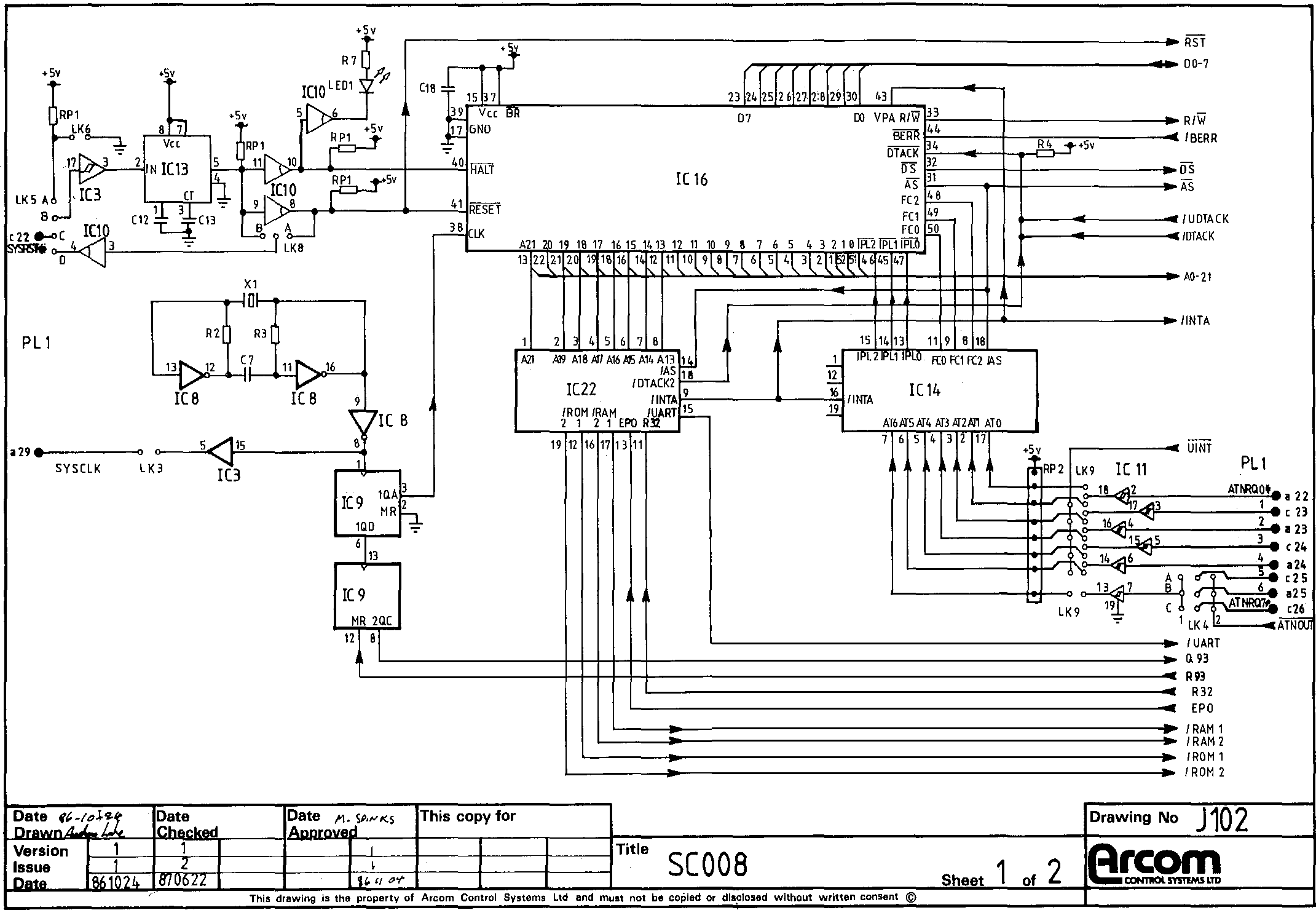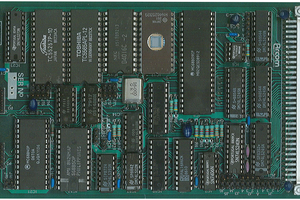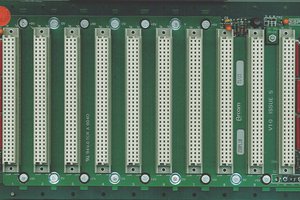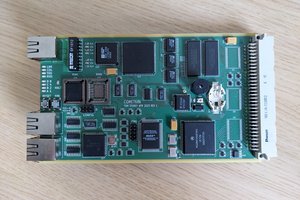Dmitry Janushkevich has used this project as the basis for a new design with bigger memory chips, a real-time clock, and on-board bus arbiter. Check it out on Twitter:
https://twitter.com/InfoSecDJ/status/1346532012535009282
and GitHub: https://github.com/dev-zzo/stebus
 Keith
Keith



 Dave Collins
Dave Collins


 Tom
Tom
Ideally both, I think STEbus allowed 3 different CPUs as bus masters.
A CMOS 65c02 or 65816 (can address 8M of RAM) would be a nice addition to the project, those are still in production and used by a lot of things.